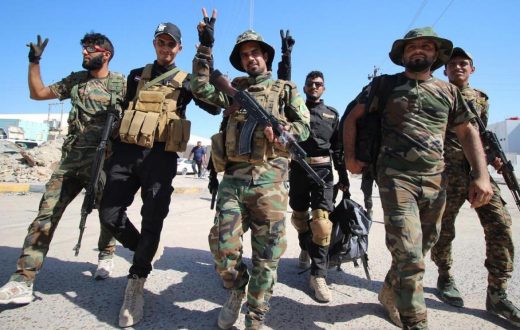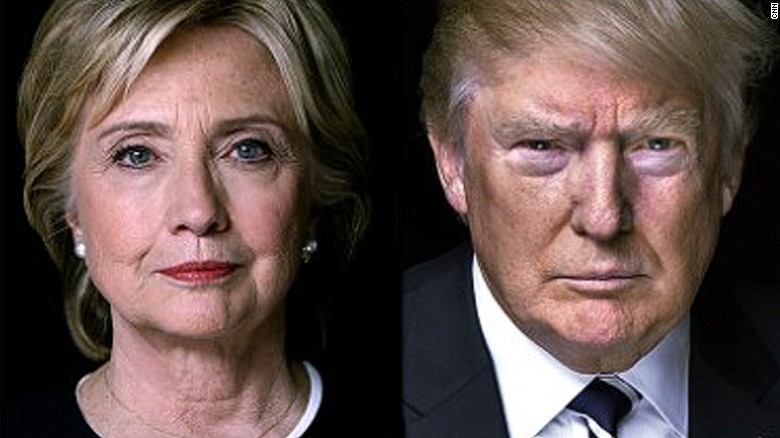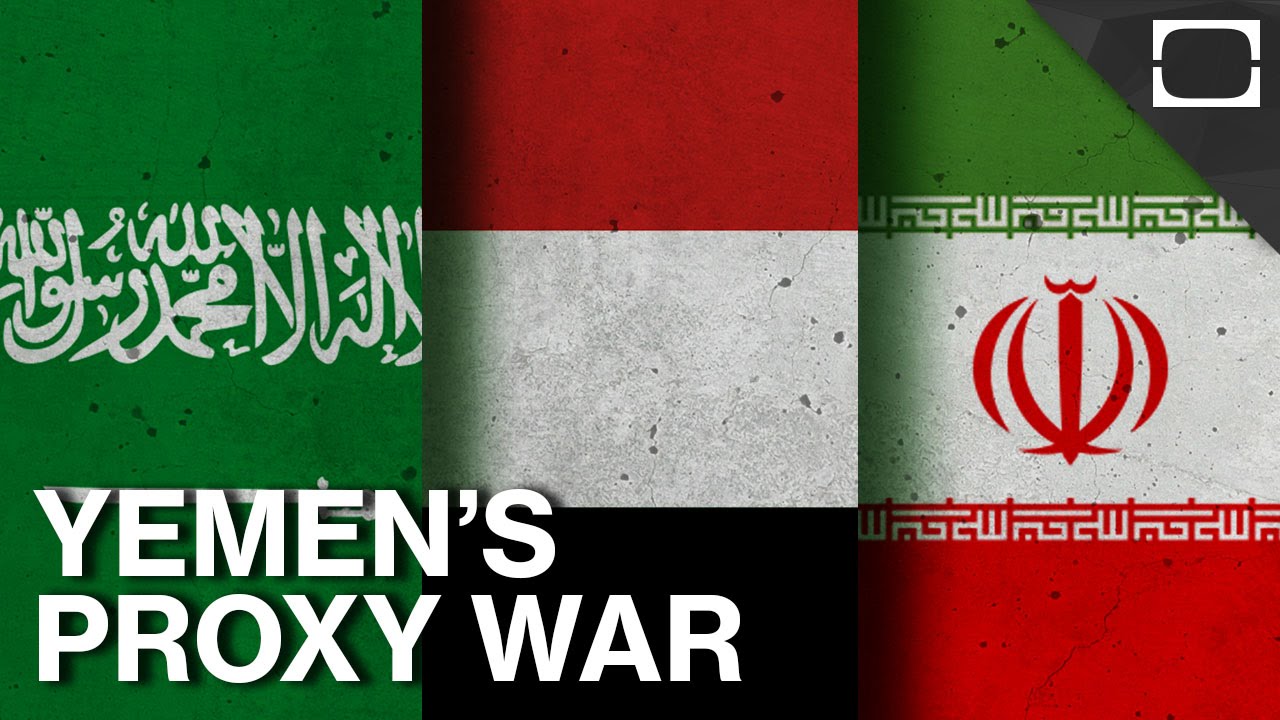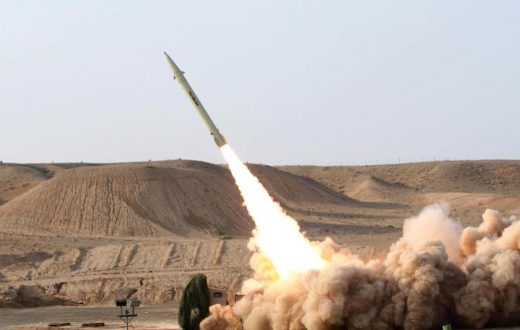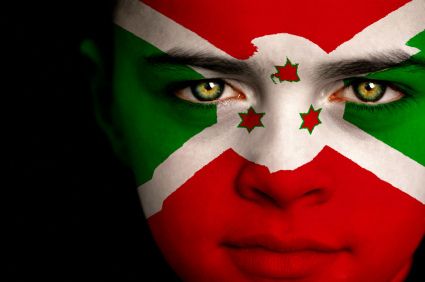The recent declarations in Iranian Elections tend to point the importance of the economy. If the economy is not going to recover anytime soon , there is a high probability that Ahmadinedjad will win the support of the poor people, at the contrary if there are any economic progress , the population will be more encline to re-elect Hassan Rouhani , the leader of the Liberals.
The hard-line claims that Rouhani’s mismanagement of the issue amounts to robbery add heft to Ahmadinejad’s recent hints that he is preparing to run for president in 2017. After all, the populist Ahmadinejad still commands support from the poor, rural and conservative population that he drew in past elections. Since Iran has yet to recover from its economic stupor incurred under international sanctions, each political decision involving the economywill fall under greater public scrutiny leading up to elections.
Analysis
February’s parliamentary elections showed how appealing a moderate-reformist platform was to the Iranian public. The results of April 29 runoff elections confirmed the moderate-reformist gains. With presidential elections just a year away, Rouhani and his allies have focused on promoting the benefits of their economic policies.
However, time is not on Rouhani’s side. The nuclear deal signed two years into Rouhani’s presidency was not implemented until the final 18 months of his first term, and the benefits from the administration’s foreign investment and economic restructuring will take years to materialize. Iran’s financial system, moreover, is not yet fully integrated into the global system: Iran central bank officials have complained that there had been only “few” Society for Worldwide Interbank Financial Telecommunication (SWIFT) transactions because international banks are still wary of Iranian banking. Three benefits that Rouhani could quickly call upon to help the economy are increased oil exports, foreign trade and the unlocking of billions of Iranian assets frozen overseas. This is why the U.S. Supreme Court’s ruling upholding a 2014 court of appeals decision affecting Iranian assets overseas has played prominently in Iran’s debate over economic dependence on the West.
Rouhani v. Ahmadinejad
While he represents a socially progressive platform beyond what some hard-line conservatives find optimal in accordance with the values of the Islamic republic, Rouhani still operates within the boundaries set for him by Supreme Leader Ayatollah Ali Khamenei. Rouhani’s clerical background and decades of experience working in the Iranian government gave Khamenei assurance back in 2013 that Rouhani would not stray too far from the line he is expected to toe, an expectation he continues to fulfill. It is his agenda for social reform that bleeds his support from the rest of the ruling elite, though Rouhani continues to carefully balance his pragmatic economic and social agenda with those conservative ideals.
But some of those economically prudent decisions made under Rouhani’s watch, like the cancellation of cash subsidies to 24 million Iranians, will save the government money but could harm his appeal among voters. These payments were popular during Ahmadinejad’s presidency, and their absence could fuel support for an Ahmadinejad candidacy.
Still, Ahmadinejad’s economic policies helped Iran incur additional sanctions. Moreover, while the Islamic Revolutionary Guard Corps (IRGC) might resent losing some of its grip over Iran’s economy if Rouhani’s efforts to promote free trade succeed, it loathed Ahmadinejad’s destructive economic mismanagement far more. Ahmadinejad’s brash personality and willingness to openly challenge the supreme leader’s sovereignty over the Iranian system seriously detracted from his approval among the ruling elite as well.
The Guardian Council — which must approve all candidates running for office — might even go so far as to rule Ahmadinejad ineligible so that such a divisive figure does not threaten the government’s stability. His wide support base makes this a difficult scenario to imagine, but the Guardian Council did the same to popular former President Ali Akbar Hashemi Rafsanjani in 2013. Furthermore, there are certainly other conservative candidates besides Ahmadinejad who could emerge to challenge Rouhani.
Other Options
Khamenei, wishing to avoid any return to sanctions, would likely support additional candidates who support economic policies in line with those of Rouhani. Two figures who could get his support, and that of most of Iran’s traditional conservative base, are Majlis Speaker Ali Larijani and IRGC Quds Force leader Qassem Soleimani. Larijani, for example, largely agrees on Rouhani’s economic platform and could still move forward with Rouhani’s reforms while being more sympathetic toward conservative social issues. Another potential favorite is former presidential front-runner Saeed Jalili, who could captivate Iran’s hard-line factions with his piety and credentials as a veteran of the Iran-Iraq War.
While other figures might also emerge, Iran’s status quo more than 30 years has been that a president gets two terms to implement his platform. Generally, most have finished their first term with high levels of support as well (Rouhani still has strong popular support despite efforts by his hard-line opponents to undermine him). Even some of Rouhani’s more high-profile rivals such as Larijani have not been aggressive in challenging him, at least not yet. Nevertheless the presidential elections are an opportunity for a more firmly conservative candidate who is closer to Khamenei to be the face of Iran to the world. The supreme leader holds the ultimate levers of power in Iran, but the president is the reflection of popular demand.


